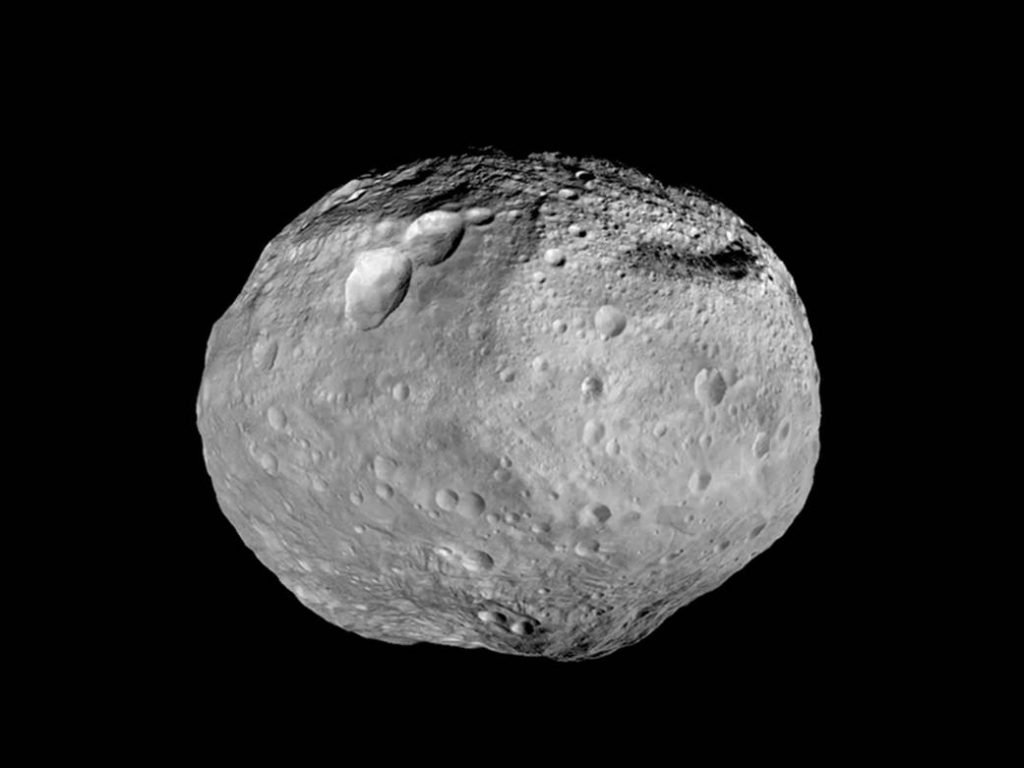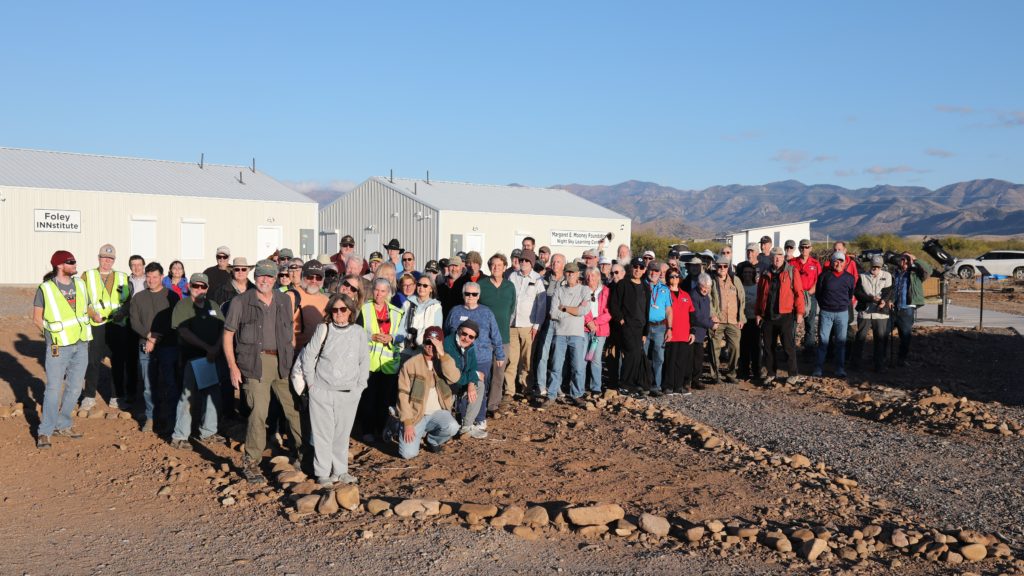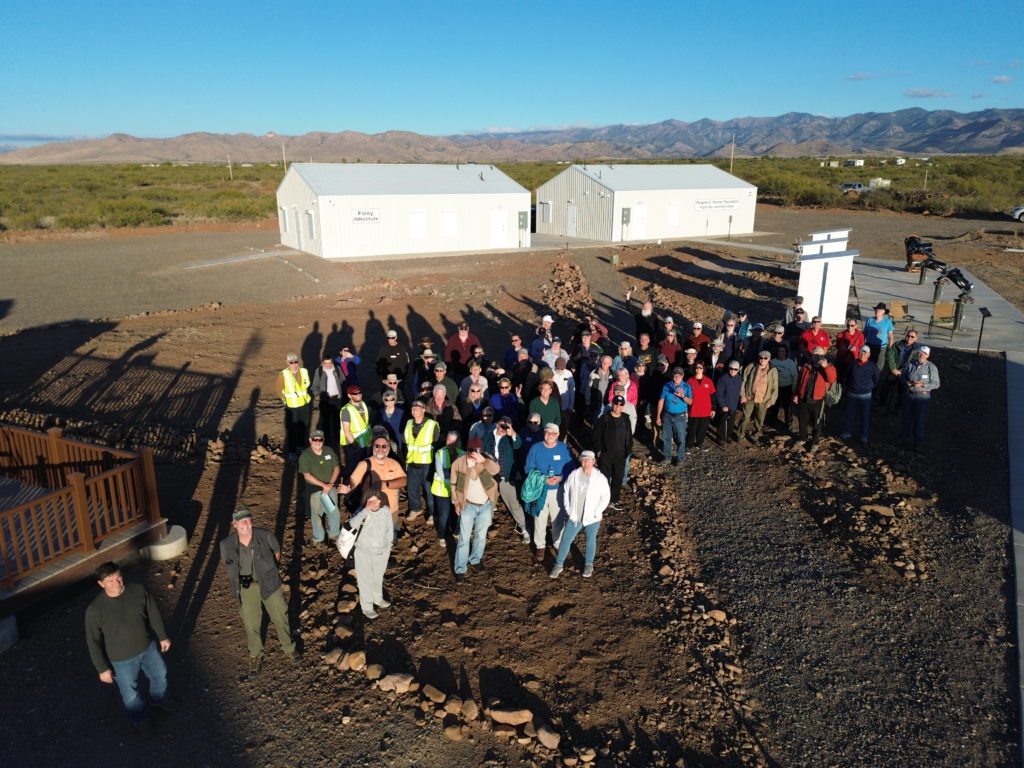Join the Tucson Amateur Astronomy Association (TAAA) in conjunction with Editors from the Astronomy Magazine and Pima Community College (PCC) – East Campus for some interesting astronomy talks, solar observing, and evening stargazing.
PCC – East is located at 8181 E Irvington Rd, Tucson AZ
Satellite Radio Demo (at the Observatories) – 1:00 – 1:30 p.m.
Astronomy Talks and Safe Solar viewing of the Sun 1:30 – 5:00 p.m.
(All Talks in Room (M5-102)
Talks:
– Michael Bakich — 2023 & 2024 Annular & Total Solar Eclipses – 1:30 pm
– Alan Goldstein – “The Grand Canyon of the Sky” Correlating distance objects in the sky with the history of life on the Earth — 2:30 pm
– David J Eicher: Astronomy magazine — Astronomy and the Civil War – 3:30 pm
– David Levy — Legacy of Comet Shoemaker-Levy 9, 30yrs later – 4:30 pm
Planet Walk & Tour – (Starting at the Observatories) – 5;30 p.m.
Solar Observing (at the Observatories) – 2 – 5 p.m.
Night Sky Telescope Viewing (at the Observatories) 6:30 – 9:00 p.m.
Evening observing of planets, star clusters, multiple star systems, nebulae, galaxies, and lots more through several telescopes.
Solar & Night observing, Planet Walk, & Satellite Radio Demo will be at the south end of the PCC East Campus near the astronomy domes.
Follow our Facebook event for any real-time updates or adjustments due to weather at: TAAA Facebook Events page











